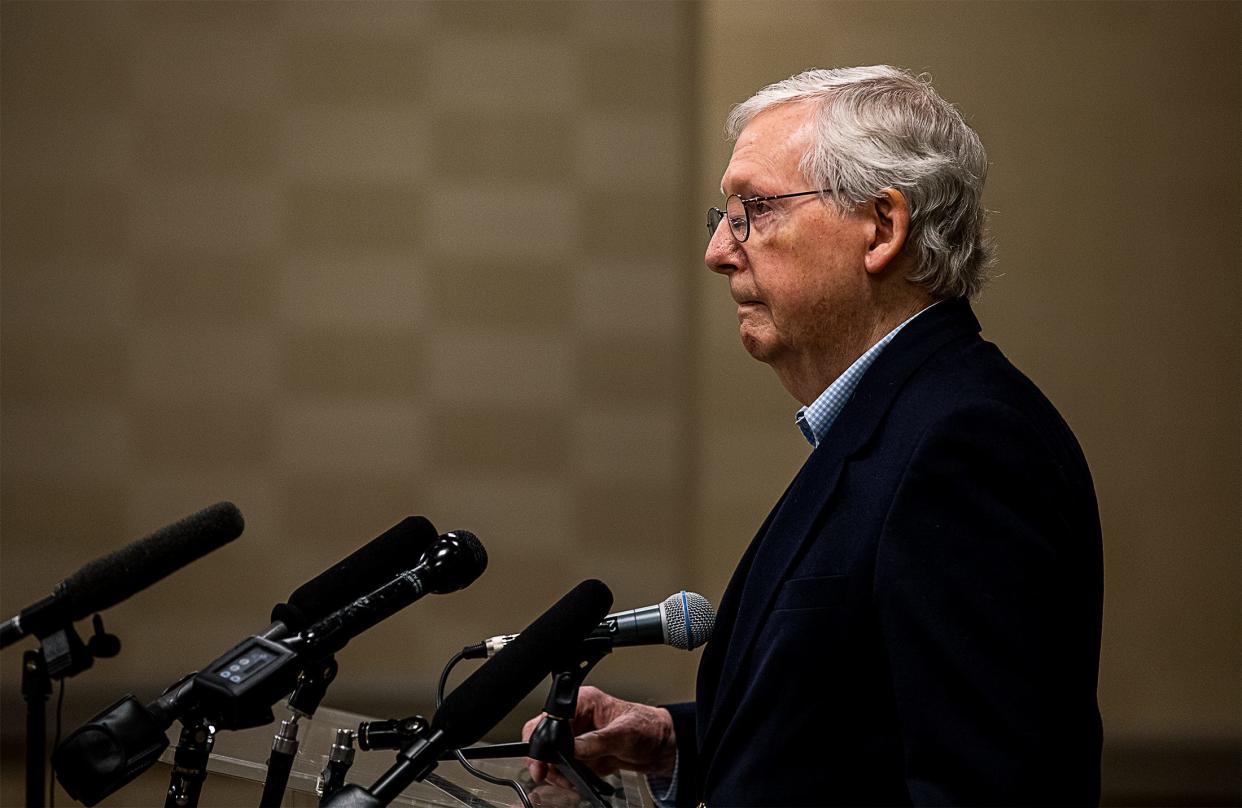End the filibuster, save democracy

The filibuster is inconsistent with the constitutional mandate for majority rule. Some might believe that in itself, the filibuster is unconstitutional. The House of Representatives was created to insure that the states with the most people would have an upper hand in creating legislation. The Senate was created to level the playing field somewhat by providing the same number of votes to each state. The filibuster originally arose as a tactic to delay a vote on an issue but could be defeated by a simple majority vote.
In 1789, the first U.S. Senate adopted rules allowing senators to move the previous question (by simple majority vote), which meant ending debate and proceeding to a vote. But Vice President Aaron Burr argued that the previous-question motion was redundant, had only been exercised once in the preceding four years and should be eliminated, which was done in 1806, after he left office. The Senate agreed and modified its rules. Because it created no alternative mechanism for terminating debate, filibusters became theoretically possible.
During most of the pre-Civil War period, the filibuster was seldom used, as northern senators desired to maintain southern support over fears of disunion/secession and made compromises over slavery in order to avoid confrontation with new states admitted to the Union in pairs to preserve the sectional balance in the Senate, most notably in the Missouri Compromise of 1820. Indeed, until the late 1830s the filibuster remained a solely theoretical option, never exercised.
The first Senate filibuster occurred in 1837, when Whig senators filibustered to prevent allies of the Democratic President Andrew Jackson from expunging a resolution of censure against him. In 1841, a defining moment came during debate on a bill to charter a new national bank. After Whig Sen. Henry Clay tried to end the debate via a majority vote, Democratic Sen. William R. King threatened a filibuster, other senators sided with King, and Clay backed down.
At the time, both the Senate and the House allowed filibusters, to prevent a vote from taking place. Subsequent revisions to House rules limited filibuster privileges in that chamber but the Senate continued to allow the tactic.
In these days of political divisiveness it is solely used by the minority to prevent any action by the majority. It enables the Senate to be manipulated for political gain and prevents the body from doing its job. As a result our nation has fallen way behind other democratic nations in preserving what we have and building for the future. The filibuster must go to preserve democracy.
Mark I. Roth is a resident of Lake Worth.
This article originally appeared on Palm Beach Post: Commentary: The filibuster only harms democracy and must be killed

